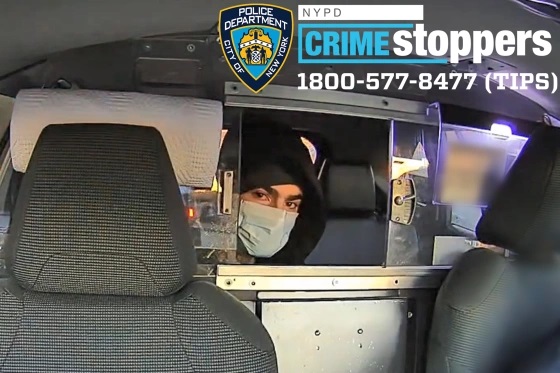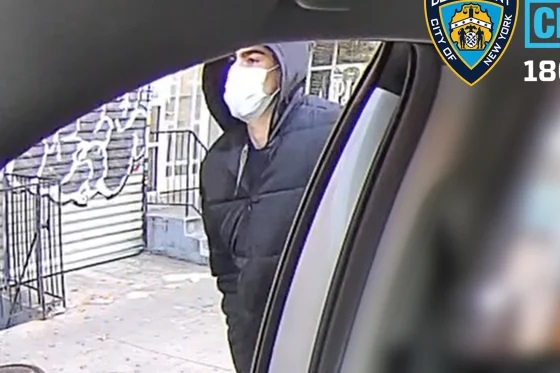Murder of UnitedHealthcare CEO: Everything we know
The investigation into the murder of Brian Thompson, the CEO of UnitedHealthcare, is in its fifth day. While police still have not identified or apprehended a suspect, they have discovered clues and released images of a man they believe to be the killer.
Thompson, 50, was fatally shot Dec. 4 outside the New York Hilton Hotel in Manhattan. Surveillance video showed a masked man opening fire as Thompson walked by, striking him multiple times.
On Dec. 5, the New York City Police Department (NYPD) released the first photos of a man they believed to be the gunman, identified as a white male. The photos were taken at the reception desk of a nearby hostel where he was believed to have stayed.
The killer was seen on video fleeing into Central Park on a Citi Bike. He was later filmed exiting the park and taking a taxi to a bus station. NYPD Crime Stoppers released two new photos on Sunday of the possible suspect, seen entering a cab wearing a surgical mask.


Police believe he then left the city by bus—the same way he likely came in, arriving sometime before Thanksgiving. Tracing his journey led the NYPD to an Atlanta Greyhound station. The Atlanta Police Department confirmed on Friday that it had joined the investigation.
Most of the known evidence comes out of New York City. However, to date, sources from the police have revealed the following:
- A burner cellphone, believed to belong to the suspect, was found. No further details on its contents are publicly available.
- A water bottle from Starbucks, believed to be the suspect’s, has been sent to a lab for DNA analysis. Police said the bottle may also have a partial fingerprint on it.
- NYPD found a backpack in Central Park that contained "money" from the board game Monopoly inside, along with a jacket. The backpack is believed to belong to the shooter.
- NYPD is attempting to find a witness to the shooting, seen on surveillance video fleeing the scene. They have yet to be located.
- After interviewing Thompson’s family and friends, police do not believe a motive for the murder involves anything in his personal life.
Bullet casings recovered at the murder scene had the words “deny,” “defend” and “depose” written on them, a reference to a 2010 book by Jay Feinman, Delay, Deny, Defend: Why Insurance Companies Don’t Pay Claims and What You Can Do About It, which details the malfeasance of insurance companies. The bullets were 9mm.
The murder weapon has not been found. However, police believe it may be a specialty gun used by veterinarians to euthanize animals.
The Citi Bike the suspect likely used to escape into Central Park has also not been identified.
The NYPD is offering a $10,000 reward for information that leads to the identification and arrest of the shooter. The FBI, which is supporting the case, has offered an additional $50,000.
This is a developing story, and facts asserted here are based on the most recent media reports and statements from police.
